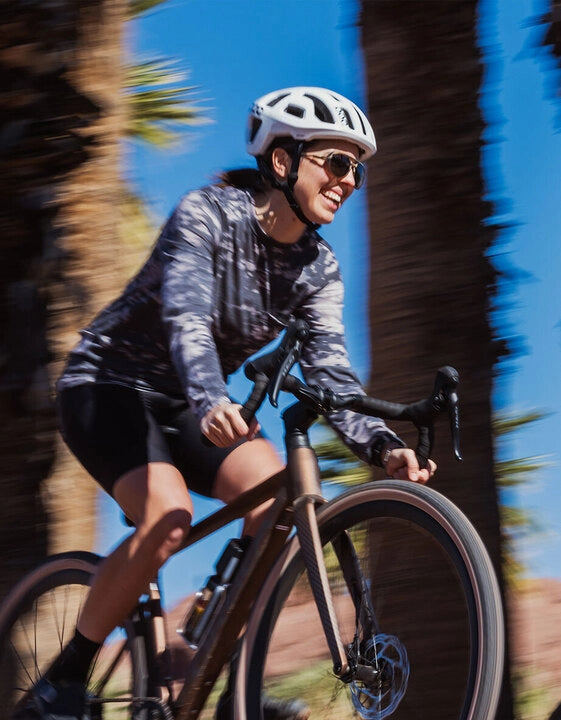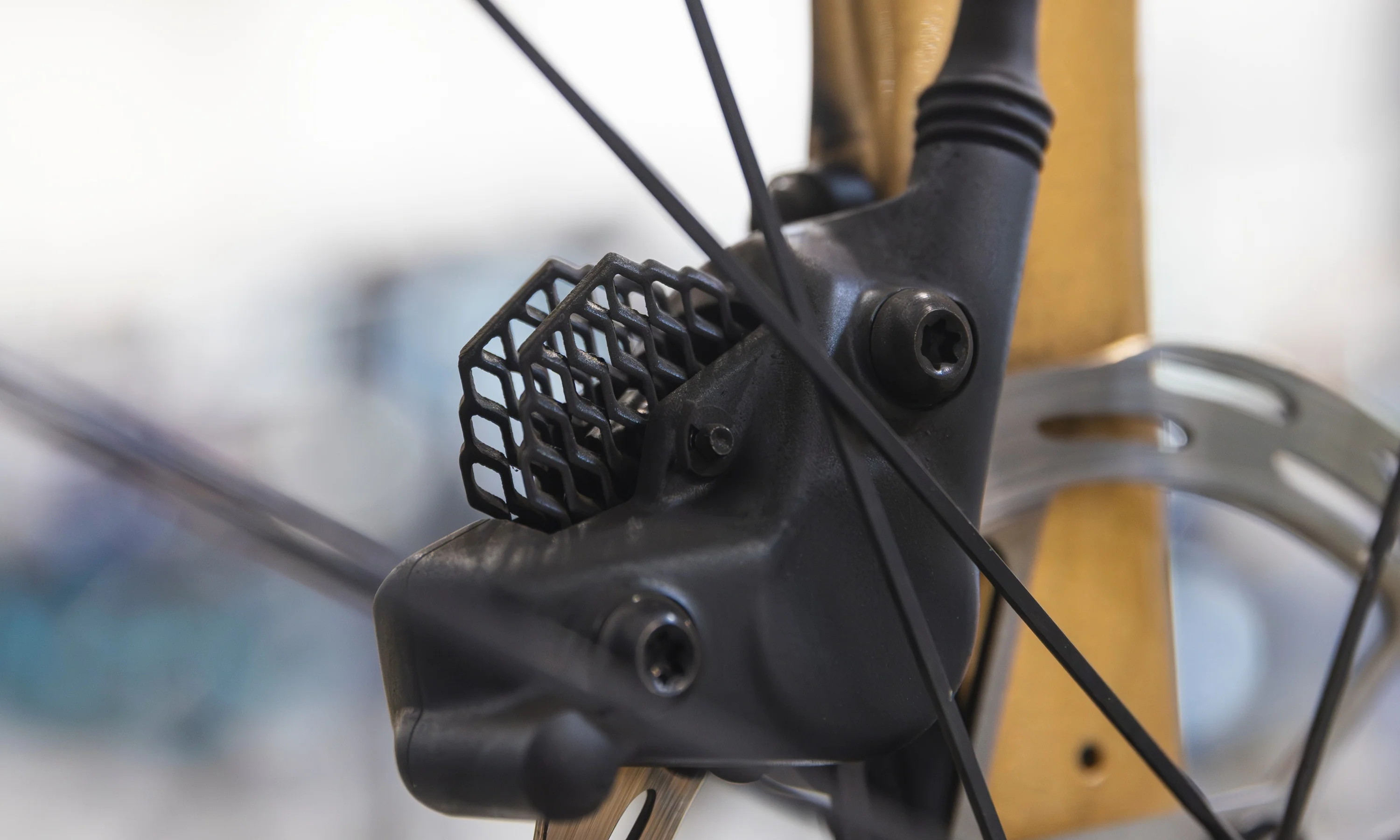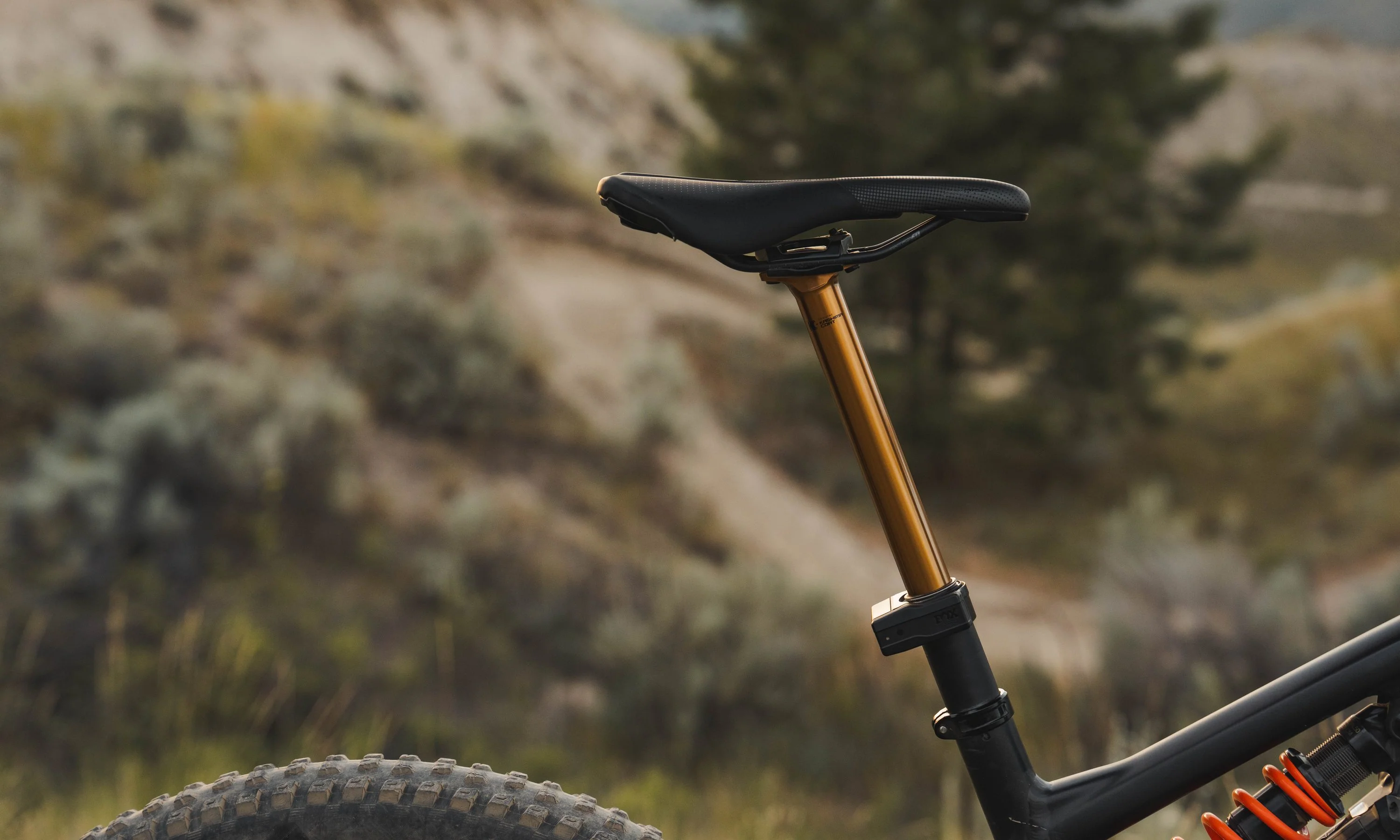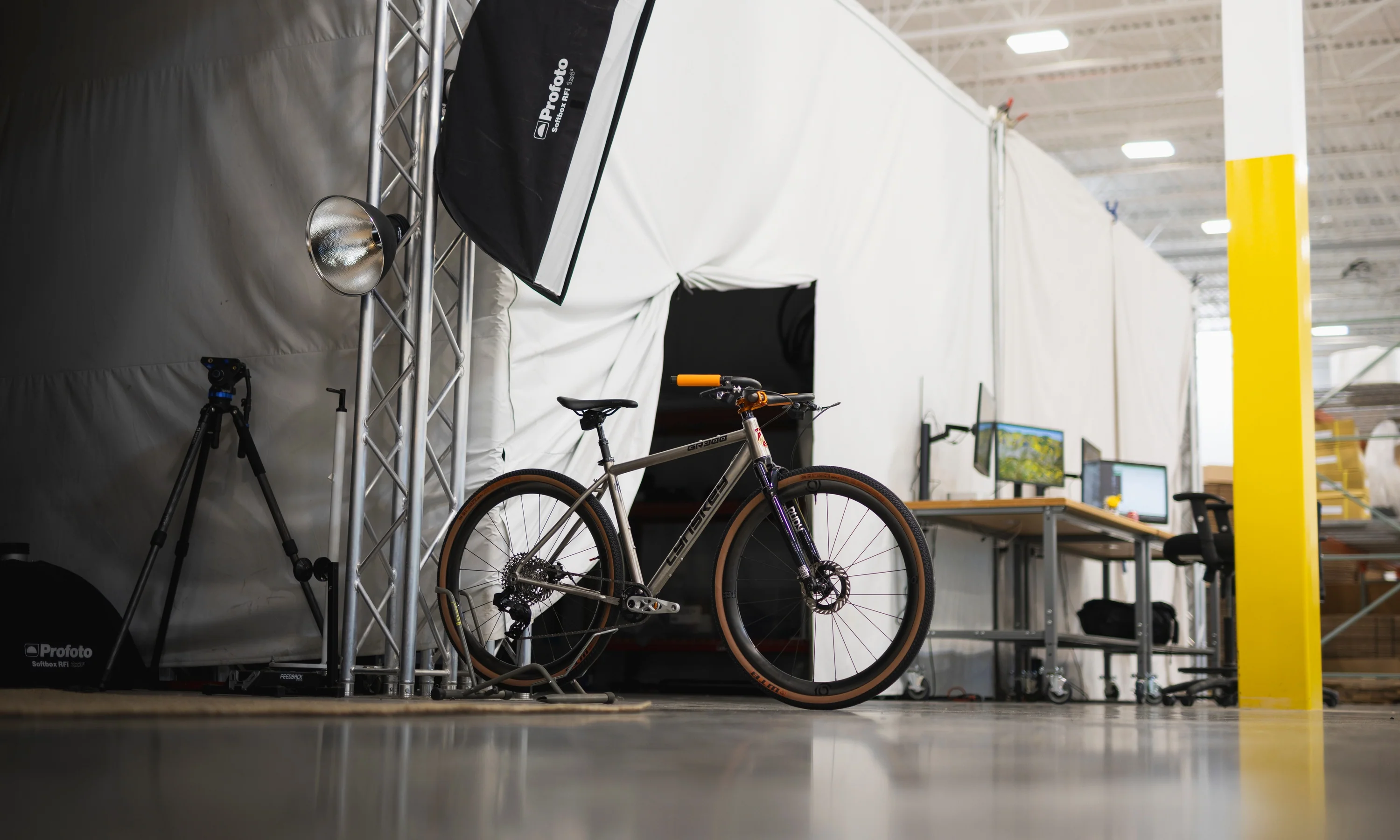@here: Hi, I’m a crit racing noob, please help!
TPC is hosting Tuesday Night Thunder (TNT) this year right outside our front door. This is a grassroots crit racing series intended to make racing more accessible to more riders. I’m not an experienced crit racer, so joining a TNT race might be the best (and cheapest) way for me to experience the fun and excitement of racing on the road.
I’m a Nervous Nellie though, so I am a bit intimidated. Fortunately, we have a few very experienced and successful Cat 1/2 crit racers here at TPC — Andy Hueser, Richard Scudney, and Craig Wu. I started a thread in our company Slack channel looking for some crit racing tips. They gave me some solid advice that I hope to employ before my next crit. Maybe you’ll find it useful too!
[button]Shop Road Bikes[/button]
1. How to Prepare for Crit Racing: Do More Group Rides!

Craig: I wouldn't suggest any newbie jump into a crit until they are comfortable riding in a decent-sized group.
Andy: The best prep is group rides and being comfy there.
Andy: If you want to get more advanced, it’s a good idea to get a little practice bumping elbows, shoulders, etc. so you know how it feels. It goes a long way toward making you more comfortable in the field. You know how you'll react.
Andy: For example, go ride side by side with a buddy in a nice grassy field (for safety) and get used to the feeling of bumping and leaning on each other.
For many riders, the scariest part of racing is riding alongside other people. Both Craig and Andy agreed that the main prerequisite for anyone interested in crit racing is group riding experience. You COULD hop into a crit with no group ride experience (you’d have to be very daring), but getting used to riding in close proximity with other cyclists will make a huge difference in your confidence.
Group rides let you practice riding and cornering side-by-side with other riders, drafting off riders in front of you, and taking pulls on the front. Once you can do that confidently, you’re probably ready to hop into a crit!
A more advanced concept Andy brought up is “bumping.” Cycling isn’t a contact sport, but in a tight bunch, you might touch shoulders or elbows with the rider next to you. This isn’t necessarily bad or dangerous, but if you’re not expecting it, it could catch you by surprise. Don’t freak out! Bumping happens (it’s more common in more competitive fields) and you just need to relax. That’s generally the key to riding in a group. Relax. Look ahead. Keep going.
2. Crit Race Positioning: Keep Moving Forward!

Richard: I think you should try to always be top 10 riders in a crit.
Richard: But that’s easier said than done.
Andy: The top 15 or so is typically the safest place to be, and the easiest place to ride.
Andy: You will probably feel like you are constantly moving up to stay there.
Craig: The number one rule of crits - if you aren't moving up you are moving back.
Craig: If you find yourself at the back then you will have to slow down and then sprint out of every corner.
Craig: And that is also where the crashes happen.
Craig: But everyone "knows" to be near the front so it's very hard to stay at the front.
Craig: That reminds me of the 2nd rule of crit racing - protect your front wheel, or put another way, you are responsible for your front wheel.
Andy: 100%
Craig: I hear so many people who crash out claim, "That guy swerved and took out my wheel."
Craig: To which I reply, “You overlapped his rear wheel and didn't pay attention to his movements.”
Besides pedaling hard, positioning is probably the hardest part of crit racing. The composition of the bunch is always moving and changing. Racers often refer to it as “the washing machine.” You might be on the front one second and at the back the next.
The key to crit racing success is to always be moving forward. This prevents you from ending up in an unfavorable position where you’re off the back and getting dropped by the group. If you end up off the back, you need to expend a ton of energy to get back into the group.
Of course, everyone knows you need to be at the front, so there’s a constant battle to get there. This is one of the things that makes crit racing so hard! The more you practice though, the better you’ll get at finding your way forward.
Craig also brought up a good point here: protect your front wheel! Most crashes happen because a rider overlaps their front wheel with the rear wheel of a rider ahead of them. Once your front wheel gets swept out from under you, there’s a good chance you’re going down. Avoid overlapping your front wheel with any wheels ahead of you and you’ll stay a lot safer.
3. Cornering in Crits: Brake Judiciously!

Andy: Avoid braking in corners if you can help it.
Andy: It helps you avoid sliding. Plus it makes high exit speed more likely. It’s easier to accelerate if you exit faster.
Craig: Not braking through corners is only really possible if you are near the front though.
Andy: I guess I mean don't brake IN corners. Absolutely brake BEFORE corners. Don't go MACH chicken into anyone.
Bruce: Do you like to stay glued to the wheel in front through corners or do you leave some space?
Andy: If we're talking “Crit Racing 301." leave space and get off the brakes before the people in front of you so you can close through the corner.
Andy: But for “Intro to Crits,” I wouldn't bother worrying about that just yet.
If you haven’t already, check out my post about cornering on gravel bikes. Yes, crits happen on paved roads, but a lot of the same principles apply — looking ahead into turns, relaxing your hands, hinging at the hips to keep your chest low, and braking BEFORE turning in.
Look ahead so you know what’s happening. This will let you respond to changing conditions and prevent target fixation which could cause you to blow a corner or crash. Relax your hands because death-gripping the bars actually reduces your control. Keep your chest low because this helps weight your front tire, giving more traction to brake and corner. Do most of your braking before turning into a corner. Try not to brake when leaning over in the middle of a corner. That’s often how riders slide out.
Want to use corners to your advantage? Andy’s “Crit Racing 301” tip is to leave a bit of space between you and the rider in front of you so you can brake less and maintain more speed. You'll close on the rider in front of you through the corner. When you exit the corner, you’ll be right on their wheel and you’ll expend less energy getting back up to speed.
4. Crit Nutrition & Hydration: Fuel Ahead of Time!
 ^This^ isn't the way...
^This^ isn't the way...
Richard: Doing a gel or something at the beginning with caffeine is good.
Richard: I try to load my water bottle with carbs and tons of calories.
Andy: I usually race with water only for crits.
Andy: For real long and or hot ones I will bring water +1 carb mix bottle.
Andy: I like eating a gel in staging. I am a caffeine fiend.
Craig: Like others said, don't bother eating during a crit.
Craig: Eat before the crit leaving enough time for it to hit your system before the crit starts.
Andy: And long enough you won't be pukey during the race!
Crit races are short and fast, so you don’t need to fuel like you would for a long endurance race. Generally, it’s a good idea to have a carb-rich meal 2-3 hours before your race. This gives your body time to digest, so you have energy, without feeling “pukey,” as Andy says. Many racers like to top off by eating a gel right before the start, sometimes a gel with caffeine for an extra boost.
[button]Shop Road Bikes[/button]

























